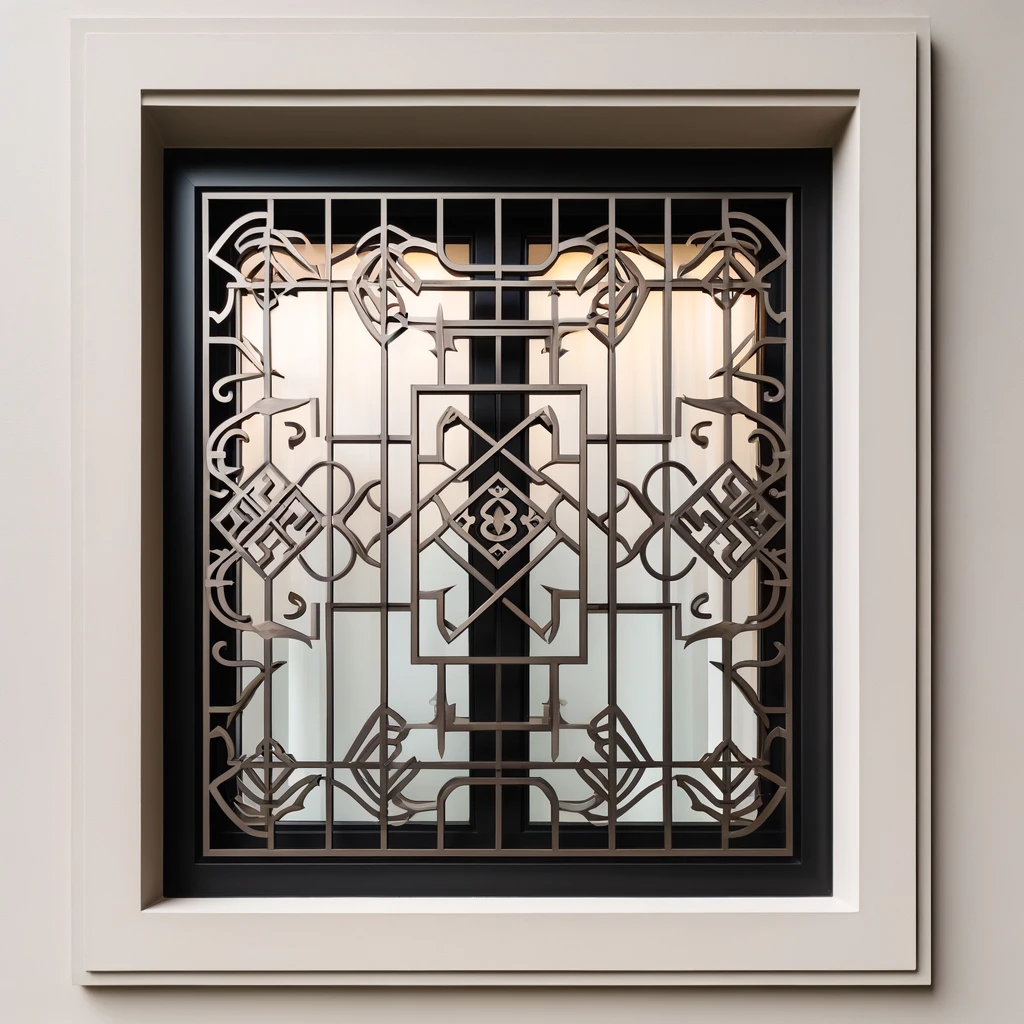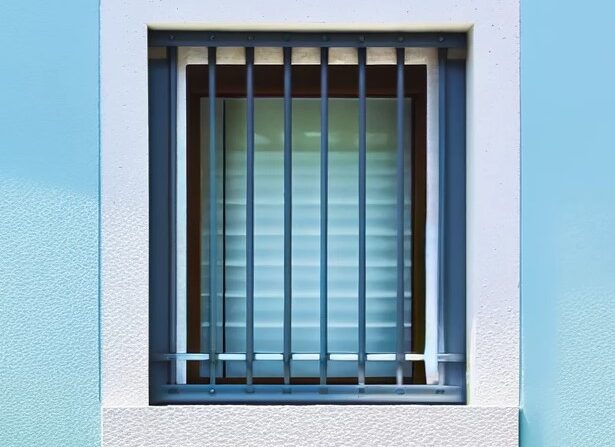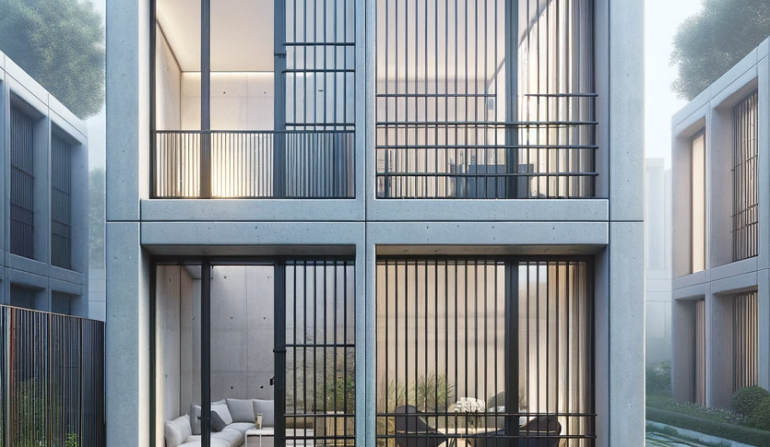Welcome to the world of decorative window bars, where functionality meets aesthetic appeal. In this comprehensive guide, we will explore the myriad aspects of decorative window bars, from their history and evolution to their modern-day applications. Whether you’re a homeowner looking to enhance your property’s security or an architecture enthusiast keen on adding a touch of style to your designs, this article has you covered.
Decorative window bars, often referred to as window grilles or window guards, are not merely utilitarian features but also elements of architectural beauty. These ornamental yet practical installations have a rich history dating back centuries and continue to be relevant today. In this article, we delve into the world of decorative window bars, shedding light on their significance, styles, installation methods, and much more.

A Closer Look
Decorative window bars are versatile additions that offer both security and style to your property. These bars are typically made from materials like iron, steel, or aluminum, providing robust protection against intruders while maintaining an aesthetically pleasing facade. Let’s explore the key aspects of decorative window bars:
History and Evolution
The evolution of decorative window bars can be traced back to ancient civilizations like Rome and Egypt, where they were primarily used for security. Over time, their designs became more intricate, reflecting the prevailing architectural styles of each era.
From the simple and functional designs of antiquity to the elaborate and artistic creations of the Renaissance, decorative window bars have a rich history of adaptation and evolution. Today, they come in a wide range of styles, catering to various architectural preferences.

Styles and Designs
Decorative window bars come in an array of styles, allowing homeowners and architects to choose designs that complement the overall aesthetics of a building.
- Traditional Wrought Iron Bars: These classic bars evoke a sense of nostalgia and charm, ideal for historical or vintage-themed properties.
- Modern Geometric Designs: For a contemporary look, opt for sleek and angular designs that add a touch of sophistication.
- Nature-Inspired Patterns: Floral, vine, or leaf motifs can infuse a natural element into your architectural design.
- Custom Creations: Tailor-made designs cater to individual preferences, enabling you to unleash your creativity.
Installation Methods
Installing decorative window bars requires precision and expertise. There are two primary installation methods: exterior and interior.
- Exterior Mounting: Bars are installed on the outside of the window frame, providing an added layer of security and acting as a visible deterrent to potential intruders.
- Interior Mounting: This method conceals the bars behind the glass, preserving the window’s aesthetic from the exterior while offering security from within.

Materials
The choice of material plays a pivotal role in determining the bars’ durability and aesthetic appeal.
- Wrought Iron: Known for its timeless beauty and strength, wrought iron bars are a popular choice.
- Steel: Offering exceptional durability, steel bars are suitable for high-security applications.
- Aluminum: Lightweight and corrosion-resistant, aluminum bars are perfect for coastal regions.
Benefits of Decorative Window Bars
Decorative window bars offer numerous advantages beyond their aesthetic appeal. Here are some key benefits:
- Enhanced Security: Deter potential burglars and enhance your property’s security.
- Curb Appeal: Elevate your property’s visual appeal with stunning designs.
- Versatility: Suitable for both residential and commercial properties.
- Increased Property Value: The addition of decorative window bars can positively impact your property’s value.
- Customization: Tailor designs to match your architectural vision.

Are decorative window bars only for historical buildings?
Decorative window bars are not exclusive to historical buildings. They can be installed in various architectural styles, including modern and contemporary designs, to enhance security and aesthetics.
Do decorative window bars obstruct natural light?
No, decorative window bars can be designed to allow ample natural light to enter while maintaining security. You can choose designs with larger openings or opt for transparent materials.
Are decorative window bars easy to clean and maintain?
Yes, most decorative window bars are designed for easy maintenance. Regular cleaning with a mild detergent and water is usually sufficient to keep them looking pristine.
Can I install decorative window bars on my own, or should I hire a professional?
While some DIY enthusiasts may attempt installation, it is recommended to hire a professional for precise and secure installation, ensuring both safety and aesthetics.
Are there regulations regarding the installation of decorative window bars?
Yes, regulations may vary by location. It’s essential to check local building codes and regulations before installing decorative window bars to ensure compliance.
Can decorative window bars be customized to match my architectural style?
Absolutely! Decorative window bars are highly customizable. You can work with a designer to create bars that complement your architectural vision.

In conclusion, decorative window bars are more than just security features; they are architectural elements that add elegance and character to any building. With their rich history, versatile designs, and modern applications, these bars are a testament to the seamless blend of form and function in architecture. Whether you prioritize security, aesthetics, or both, decorative window bars offer a solution that will leave a lasting impression.
Unlock the potential of your property with decorative window bars, enhancing both security and style in one elegant package.











